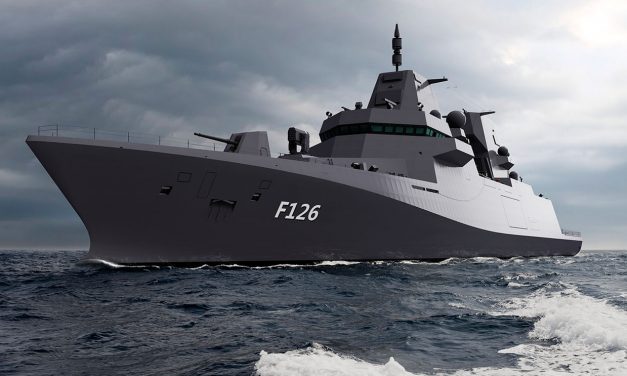Repairing with the red case
Marine MArs Maintenance Channel (M³C) - what sounds cryptic at first, reveals itself at second glance as an outstanding tool for remote maintenance - for the navy, from the naval arsenal. In short, you could compare it to telemedicine, but M³C can do much more. But let's start with the beginnings. Since 2010, a small group of engineers and technicians from the Naval Arsenal (MArs) have been working with industry to develop a way of providing the maintenance services of the MArs to floating units, even in remote areas of operation, with as little delay as possible by means of remote support and remote access. The simple handling and operability of the...
Weiterlesen






Latest comments